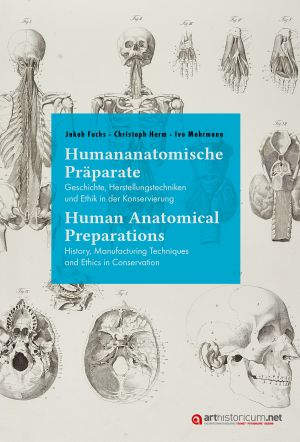How to Cite
License (Chapter)

This work is licensed under a Creative Commons Attribution-NonCommercial-NoDerivatives 4.0 International License.
Published
Familienmitglied – Forschungsobjekt – Familienmitglied ?
Überlegungen zu unserer heutigen Verantwortung für einen Fötus mit Fehlbildungssyndrom(en)
The current challenge for museums concerns an appropriate ethical intercourse of human remains of non-European origin and those with a clear context of injustice, even to the point of restitution or burial. The situation seems to be different with human specimens such as those in the Baroque cabinet of rarities of the Linck family of pharmacists in Leipzig. These mostly came anonymously and from the regional environment and served for scientific research. However, the lecture discusses why ethical concern differs between different collections from different origins. Specifically, the lecture deals about a female foetus that was stillborn in 1735 in Taucha near Leipzig in the eighth month of pregnancy. It had conspicuous deformities that reminded on a rooster. It caused an autopsy by the physician Gottlieb Friderici in Leipzig. With no result for the cause, the child was dissected and not buried. A report on its parents, the family and the autopsy was written and given to the Linck Collection – according to Friderici for “future generations of doctors who understand more about this”. In 1994: a Chemnitz physician proved that the foetus had an extremely rare genetic defect on the 17th chromosome. It is the only reported specimen in the world expressing this defect. The lecture approaches the question, how to deal with specimens after completed scientific investigations. Moreover, if the family tree of the human specimen can be reconstructed – does it signify that a research object can theoretically be made into a family member again?







